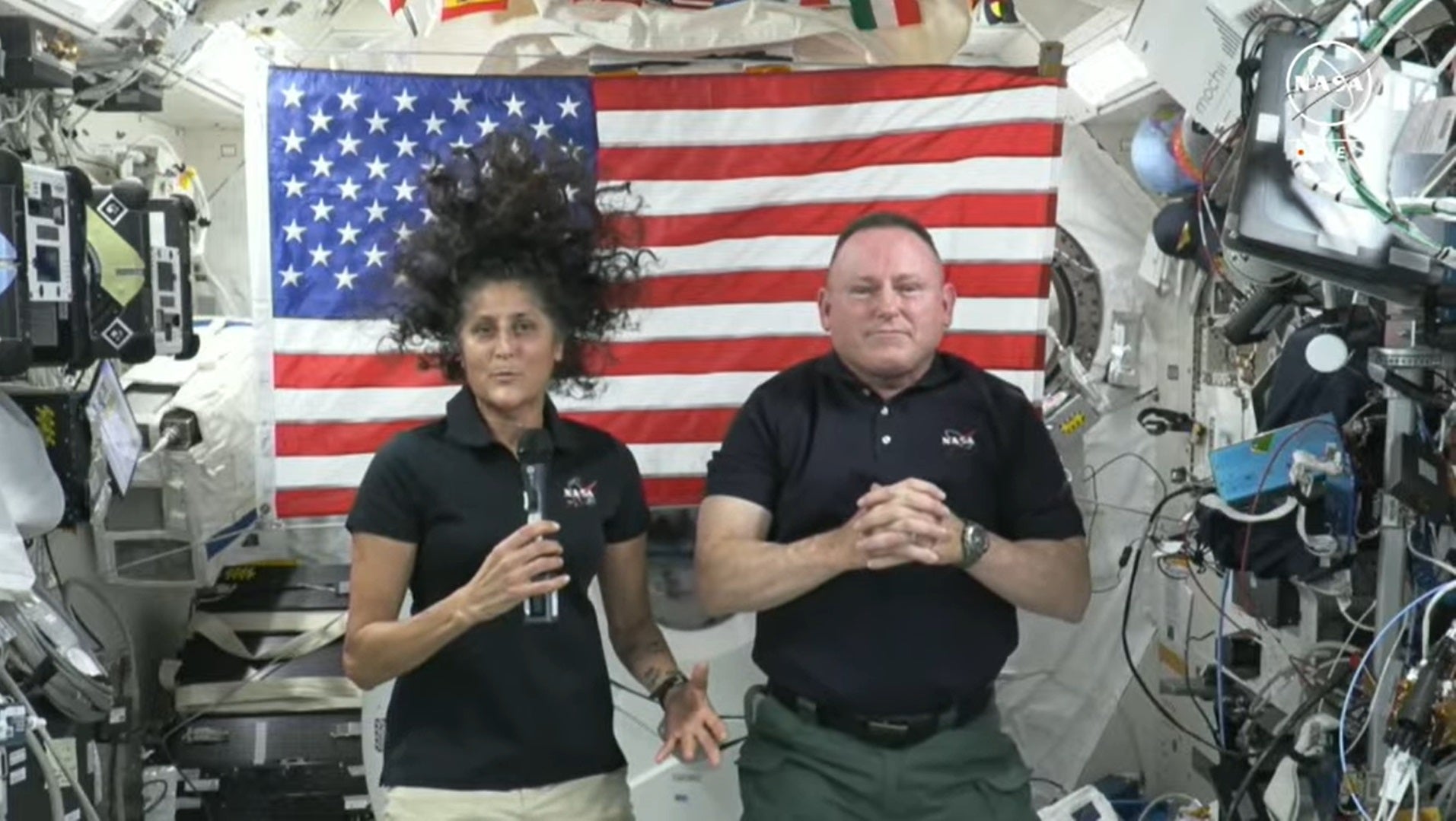The Struggle to Return: Understanding the Recovery Process for NASA Astronauts After Space Isolation
As NASA gears up for the return of astronauts following an extended nine-month mission in space, the complexities surrounding their recovery process come to light. The intense experience of isolation in a confined, weightless environment takes both a physical and psychological toll on these brave individuals. Understanding how long it will take for NASA astronauts to recover after such a unique and challenging experience is crucial for their health and well-being. This article aims to explore the multifaceted challenges of readjustment and recovery that these space travelers will face upon their return to Earth.
The Physical Toll of Space Isolation
Space is an unforgiving environment. Astronauts aboard the International Space Station (ISS) experience microgravity, which leads to significant changes in their bodies. Muscle atrophy, bone density loss, and changes in fluid distribution are just a few of the physical challenges they encounter during their time in orbit. The following outlines some of the primary physical challenges faced by astronauts:
- Muscle Atrophy: In microgravity, muscles weaken and shrink due to disuse. Without the resistance provided by Earth’s gravity, astronauts often lose about 20% of their muscle mass during a long mission.
- Bone Density Loss: Astronauts can lose up to 1% of their bone density each month in space, leading to increased risk of fractures and osteoporosis upon return.
- Fluid Redistribution: In space, bodily fluids shift toward the upper body and head, which can cause headaches and vision problems. This phenomenon can take time to normalize after returning to Earth.
Recovery Timeline for Physical Health
The recovery process for astronauts’ physical health can vary significantly among individuals, but research indicates that it generally follows a predictable timeline:
- Initial Readjustment (1-2 weeks): Upon return, astronauts often experience dizziness and difficulty with balance as their bodies readapt to Earth’s gravity. This is usually temporary, but it can be disorienting.
- Muscle and Bone Recovery (3-6 months): Muscle strength typically begins to return a few weeks after landing, but full recovery in muscle mass can take several months. Similarly, bone density may take up to a year to fully recover.
- Long-term Health Monitoring (1 year and beyond): Continuous monitoring and rehabilitation are essential for ensuring that astronauts regain their physical health. Regular exercise and nutritional support play critical roles in this ongoing recovery process.
The Psychological Impact of Isolation
Beyond the physical effects, the psychological challenges faced by astronauts during their mission can be profound. Extended isolation in a confined space can lead to feelings of loneliness, anxiety, and depression. The following factors contribute to the psychological strain:
- Social Isolation: Being away from family and friends for extended periods can lead to a sense of disconnection and loneliness.
- Monotony: The daily routine aboard the ISS can become monotonous, contributing to feelings of boredom and frustration.
- High-Pressure Environment: The responsibility of conducting experiments and the constant monitoring of health and safety can lead to stress and anxiety.
Psychological Recovery Timeline
The psychological recovery from space isolation can also be complex, often requiring a multi-faceted approach:
- Initial Readjustment (1-2 weeks): Astronauts may experience heightened emotions and mood swings as they process their experience of returning to Earth. Support from mental health professionals is essential during this phase.
- Post-Mission Counseling (1-3 months): Structured counseling sessions help astronauts navigate their emotional responses. Many astronauts benefit from sharing their experiences with peers who have undergone similar missions.
- Long-term Mental Health Support (6 months and beyond): Continued access to mental health resources can help astronauts manage any lingering effects of their isolation and support their long-term well-being.
Preparing for Re-Entry
The process of preparing astronauts for their return to Earth involves extensive planning and training. NASA employs a variety of strategies to help astronauts transition back to life on solid ground:
- Pre-Mission Training: Astronauts undergo training that includes simulations of re-entry and recovery processes to familiarize themselves with potential challenges.
- Physical Conditioning: Regular exercise routines are designed to mitigate muscle and bone loss during the mission, aiding in quicker recovery upon return.
- Psychological Preparation: Astronauts participate in psychological training to develop coping strategies for dealing with isolation, stress, and re-adjustment.
Looking Forward: The Future of Space Exploration
As space exploration continues to advance, the understanding of how to effectively support astronauts during and after their missions will evolve. Ongoing research into the effects of long-duration space travel will be vital for preparing future crews for missions to Mars and beyond. Some considerations include:
- Enhanced Support Systems: Developing better communication technologies to maintain contact with family and friends during missions can alleviate feelings of isolation.
- Innovative Health Monitoring: Advancements in wearable technology could provide real-time health data, allowing for immediate intervention if issues arise.
- Improved Rehabilitation Programs: Tailoring rehabilitation programs to address both physical and psychological needs will be essential for astronauts returning from long missions.
Conclusion: A Journey of Resilience
The struggle to return from space is a testament to the resilience of NASA astronauts. Their journey back to Earth is not just a physical descent but a complex process of readjustment and recovery. By understanding the challenges they face and providing comprehensive support systems, we can help these pioneers transition back to life on Earth more smoothly. As NASA continues its exploration efforts, the insights gained from these experiences will undoubtedly pave the way for safer and more successful missions in the future.
See more WebMD Network



